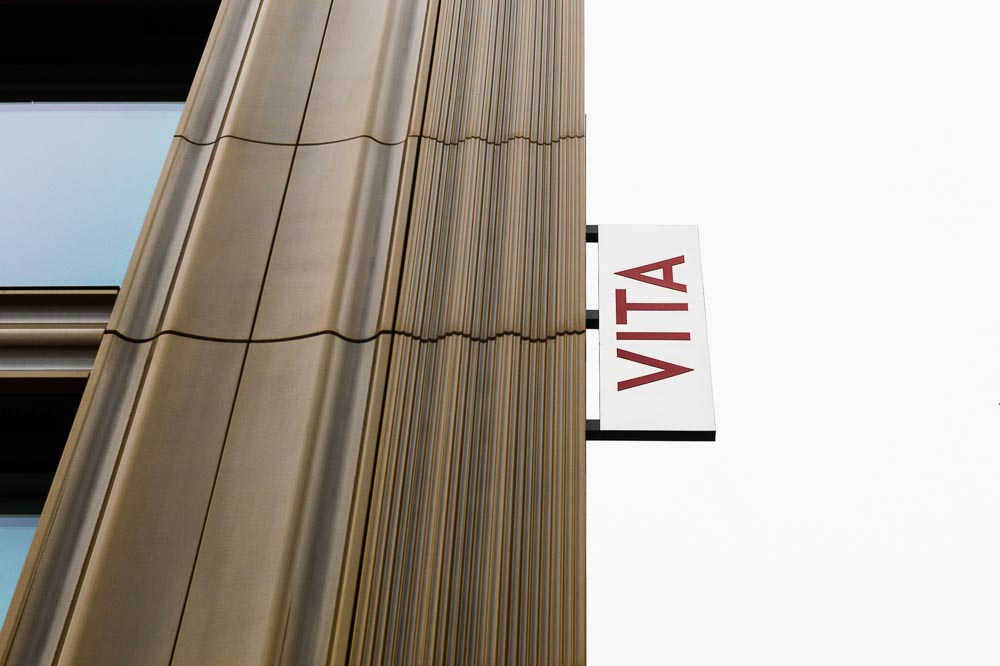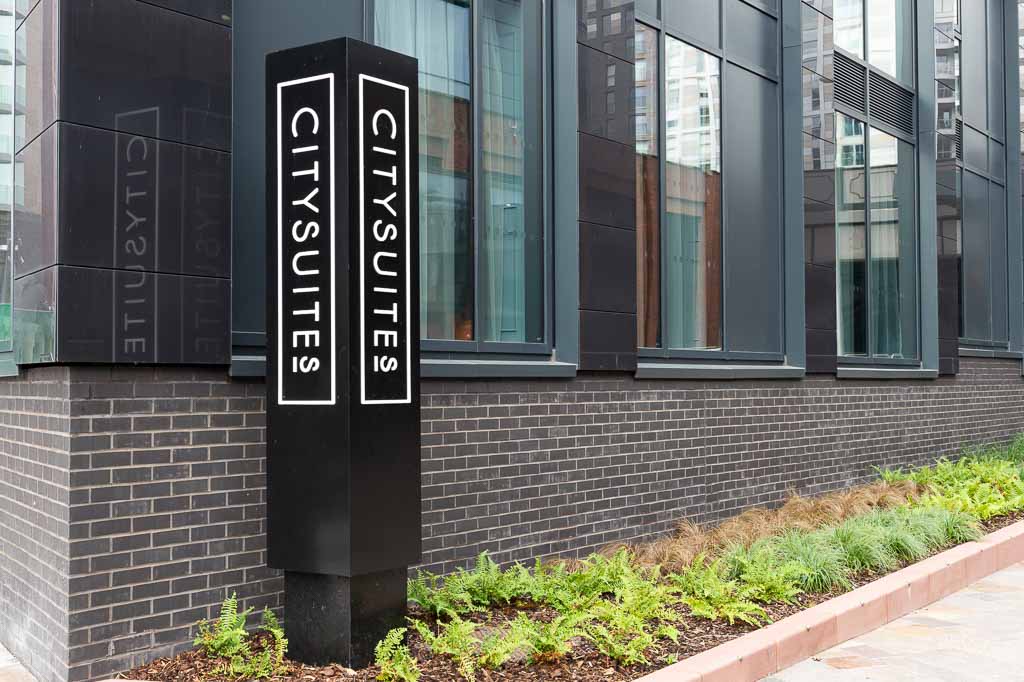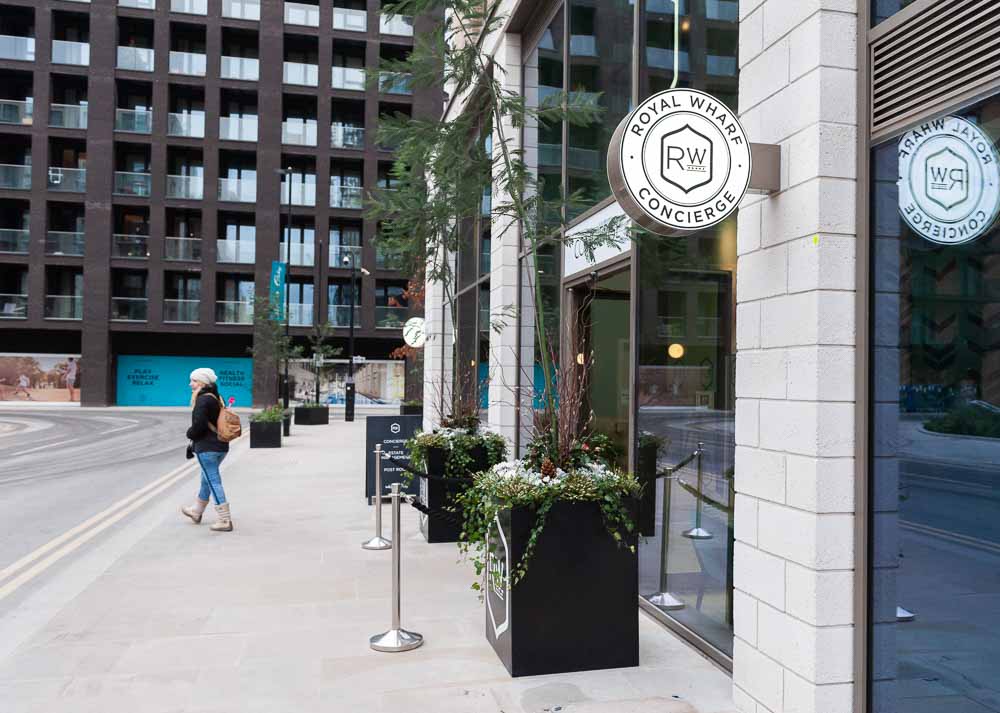There are several reasons why architectural signage is important in residential accommodation, from university lodging to luxury long-term rentals. Residential accommodation has evolved in recent years. Many more are being built with communal areas to relax, socialise and meet each other.
After the events of the pandemic brought communities together and highlighted everyone’s need for space, apartments are being designed to accommodate this. Even before 2020, some flats, whether for sale or rent, were already being built with garden areas and spaces for remote working. The additional spaces are changing how residential accommodation is perceived and branding is no longer only seen in luxury accommodation. Alongside branding, accessibility, safety, wayfinding and information are key reasons why architectural signage is important in these buildings.
What is architectural signage?
Architectural signage refers to signs designed with clear branding and quality in mind. They are created to become part of the aesthetics of a building; to be useful but also attractive. When a whole signage scheme is designed together, the signs are cohesive and professional, which delivers a better user experience.
Architectural signage can include external and internal signs and can be informative, decorative, or both. Another key element of architectural signage is that it is often produced using premium materials and processes. Durability and quality are important ingredients in the overall design.
Does residential accommodation benefit from architectural signage?
In accommodation buildings, architectural signage is most often designed to showcase the brand of the developers or owners. The visual representation on one of their products can be an important part of their marketing strategy. Signage is a key method of getting noticed by residents, visitors and the public. The quality of the signage is interpreted as representational of the quality of the brand. Examples include illuminated outdoor branding or inspiration wording in communal spaces.
Wayfinding signage helps residents and visitors navigate building spaces more easily. Good wayfinding signs should be clear and concise and include building names, apartment numbers, and directions. When implemented poorly, wayfinding signage is unhelpful and confusing. Architectural signage improves this process through methodical planning. Professionals take a holistic view of the whole area and map out the most effective and appropriate signage strategy so people can find their way around quickly and easily.
In emergency situations, clear and visible signage is crucial for health and safety. Architectural signage includes signs to exits, emergency assembly areas, and delivers other important information such as advice against getting in a lift. These kinds of signs can be purchased by themselves, but when added as part of an architectural signage strategy, are more likely to be made of high-quality materials and mounted by experienced installers.
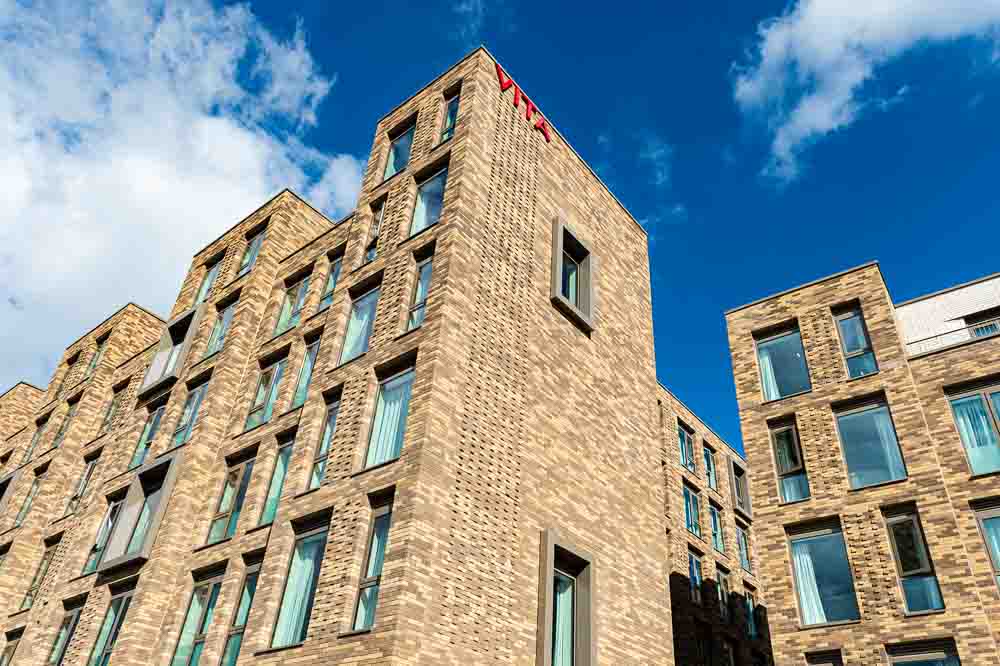
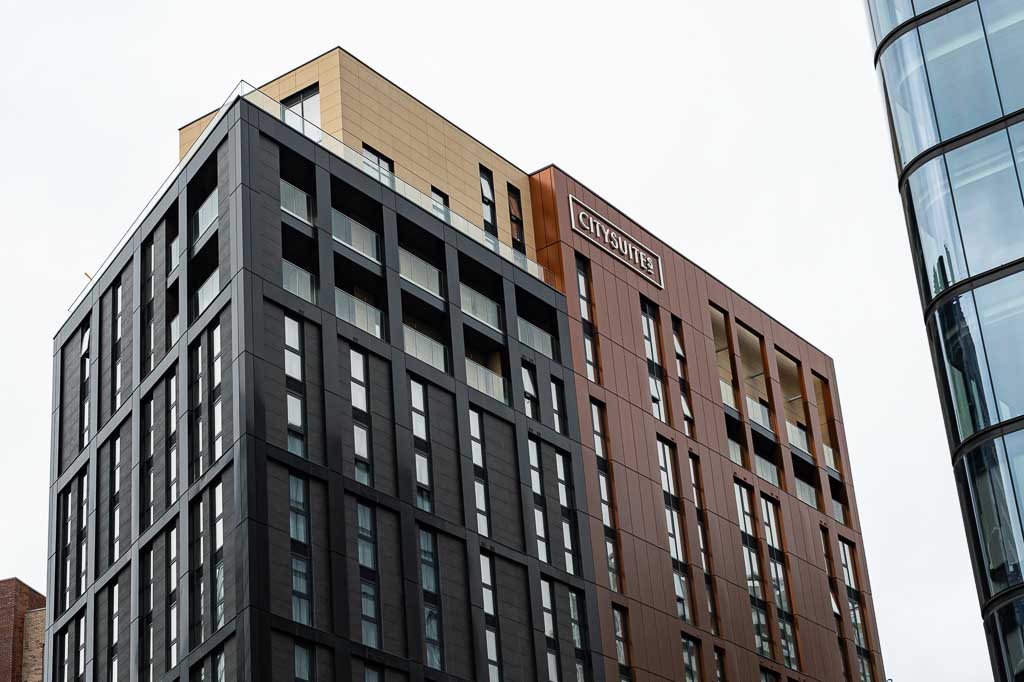
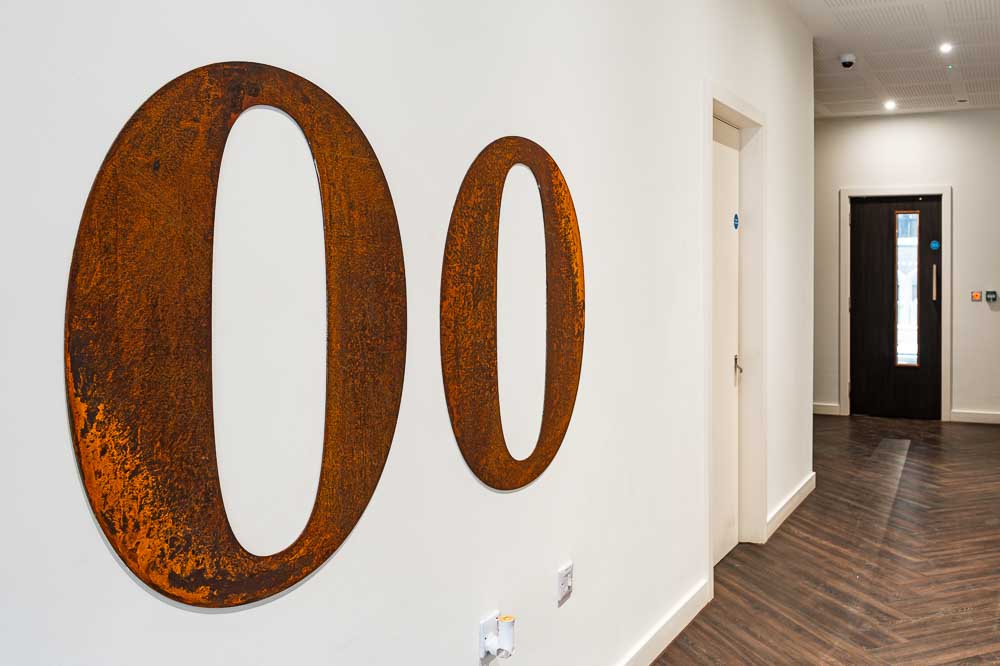
How does Architectural Signage consider accessibility?
Architectural signage also takes accessibility into consideration. The signs can be designed specifically with braille and large lettering, recorded messages, and incorporate contrasting colours. This makes sure that everyone can navigate the spaces easily.
Informational signage provides important information about the accommodation and its amenities. This can include notices about community events, parking, and gym hours, among other things. This helps residents feel more connected to their community and encourages use of the facilities. When incorporated as part of a broader architectural signage strategy, the signs will be on brand and made of good quality materials to reduce damage from wear and tear.
One of the benefits of architectural signage is how the signage scheme can be tailored to specific needs. If flexibility is required, signage systems such as jigsaw™ by xsign can be implemented. These enable quick changeovers and replacements to be made at a low cost.
How does Architectural Signage enhance residential acommodation?
Signage plays a huge part in residential accommodation. From directions to recycling areas, to apartment door numbers, careful planning and execution should go into a signage schemes. Architectural signage is innovative and high-quality, it impacts the environment around it and brings that luxury feel to a space.
When strategically designed and produced for residential accommodation, the importance of architectural signage is recognisable in all areas of a signage scheme.
